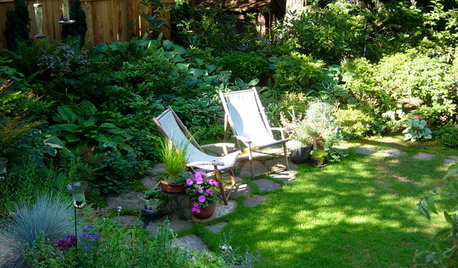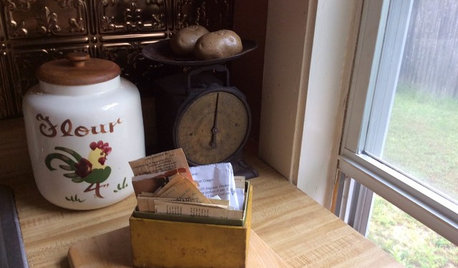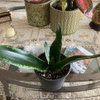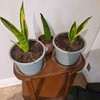Sansevieria trifasciata clipping or seed help requested!
Experimental
12 years ago
Related Stories

LANDSCAPE DESIGNGet Along With Less Lawn — Ideas to Save Water and Effort
Ditch the mower and lower your water bill while creating a feast for the eyes with diverse plantings and gathering places
Full Story
GARDENING FOR BUTTERFLIESGardening for the Bees, and Why It’s a Good Thing
When you discover how hard bees work for our food supply, you may never garden without them in mind again
Full Story
MONTHLY HOME CHECKLISTSYour Fall Home Maintenance Checklist
Prep your house and yard for cold weather with this list of things to do in an hour or over a weekend
Full Story
PETSDealing With Pet Messes: An Animal Lover's Story
Cat and dog hair, tracked-in mud, scratched floors ... see how one pet guardian learned to cope and to focus on the love
Full Story
LANDSCAPE DESIGN5 Essential Considerations for a Landscape Design Project
Get your winter garden fix by planning an entirely new landscape or just an update for a single garden stretch
Full Story
KITCHEN DESIGN5 Home Cooks Share Their Favorite Family Recipes
Peek inside the kitchens of these Houzz users and learn how to cook their time-tested, passed-down dishes
Full Story








ExperimentalOriginal Author
ExperimentalOriginal Author
Related Professionals
New Bedford Landscape Architects & Landscape Designers · Bedford Heights Landscape Contractors · Bell Gardens Landscape Contractors · Beverly Hills Landscape Contractors · Brandon Landscape Contractors · Duarte Landscape Contractors · Dunwoody Landscape Contractors · East Hanover Landscape Contractors · Hawthorne Landscape Contractors · Nanuet Landscape Contractors · South Lake Tahoe Landscape Contractors · Baltimore Window Contractors · Hesperia Window Contractors · Los Angeles Window Contractors · Ruskin Window Contractorsalbert_135 39.17°N 119.76°W 4695ft.
Stush2049 Pitts. PA, zone 6
ExperimentalOriginal Author
ExperimentalOriginal Author
Stush2049 Pitts. PA, zone 6
pirate_girl
cliss
ExperimentalOriginal Author
lovemysans
lovemysans
Stush2049 Pitts. PA, zone 6
lovemysans
lovemysans
pirate_girl
lovemysans
cliss
cactusmcharris, interior BC Z4/5
lovemysans
lovemysans
cliss
pirate_girl
lovemysans
cliss
pirate_girl
lovemysans
cliss
lovemysans
lovemysans